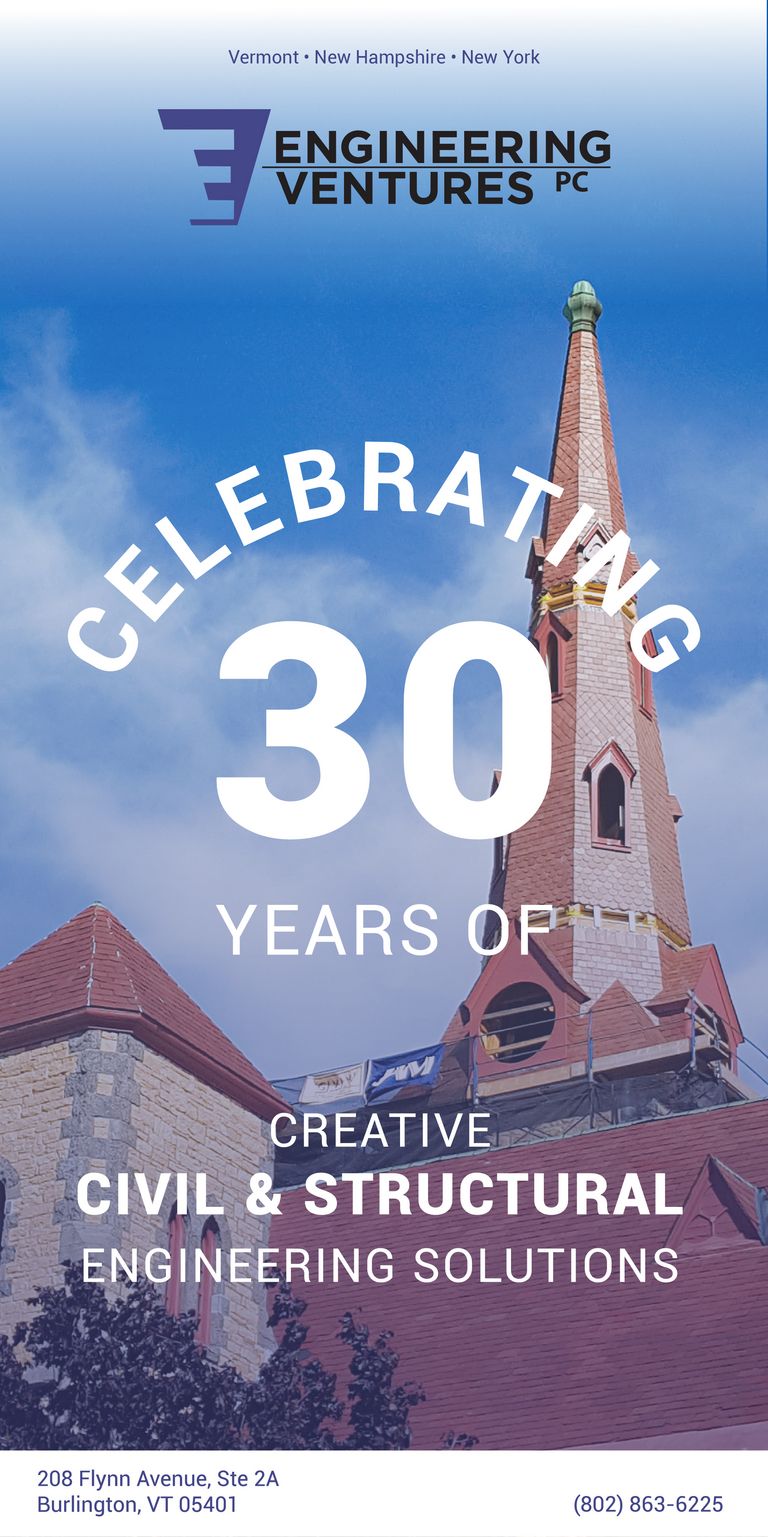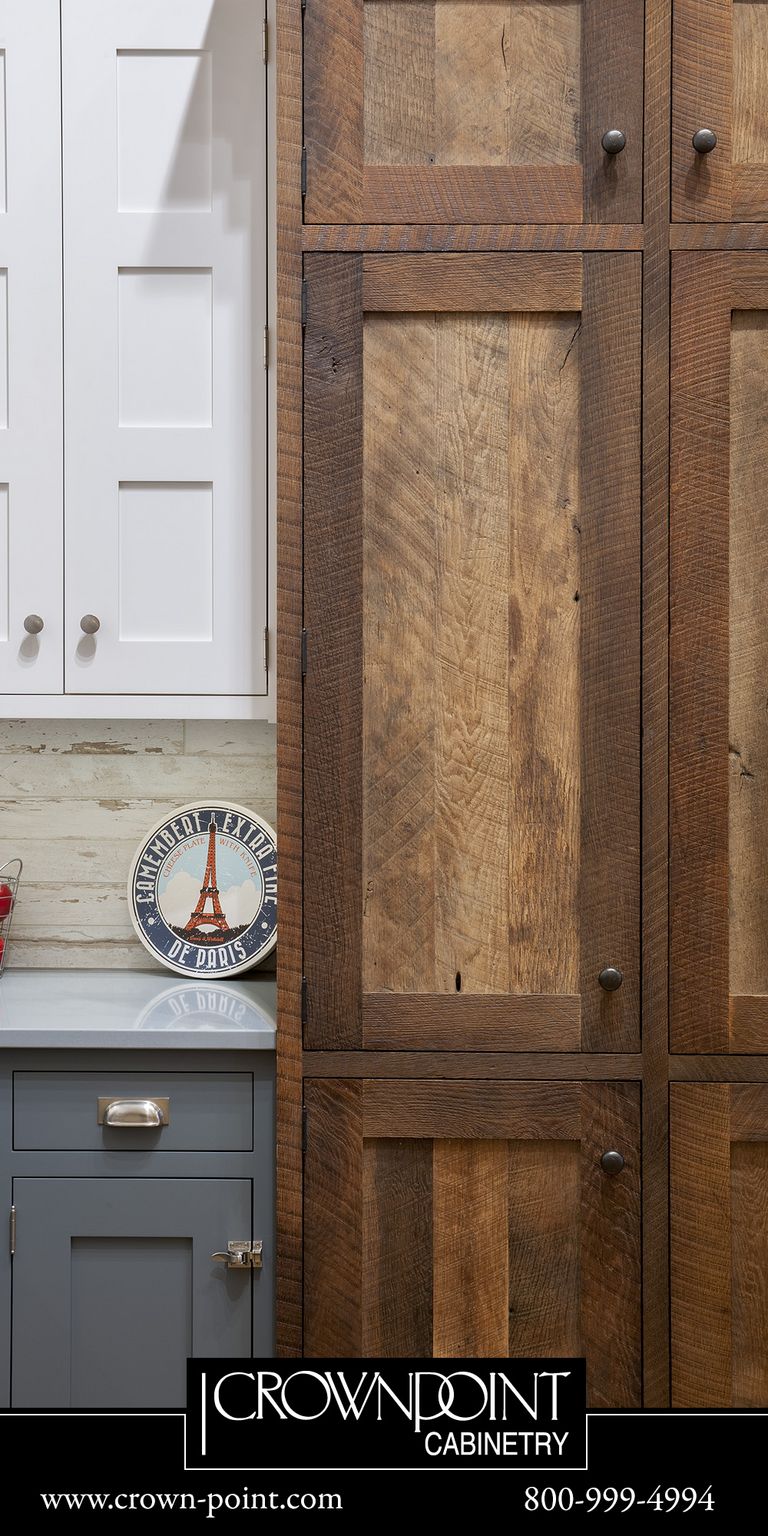AIAVT's Response to Presidential Mandate on Federal Architecture
In matters of architectural style, should the federal government dictate the visual appearance of new buildings, as it has recently attempted to do by issuing proposed changes to the 1962 Guiding Principles for Federal Architecture. The resounding answer from architects in Vermont, as of those around the country, is unequivocally -NO!
AIA Vermont agrees with AIA National’s letter dated 6 February 2020, in which it states, in part “The AIA, and its 95,000 members, works to advance our nation’s quality of life and protect the public’s health, safety and welfare through design, as it has done for 160 years. We always work with the communities to assess the most appropriate architecture for projects within those communities. A one-size-fits-all mandate simply ignores needed input from affected parties. […] The AIA does not, and never will, prioritize any type of architectural design over another.”
At its core, architecture is both an art and a science, not a form of political speech. As such, a building responds to its climate, its users and function, its site, and its building materials. It is the job of the architect to compose a three-dimensional solution to all project requirements. In a world where change is a constant, our buildings need to reflect the values of our society, and meet the changing needs of their users.
Today’s climate crisis calls architects to use design principles based on sustainable, best building practices as called for by the AIA Committee on the Environment’s (COTE) Top 10 Green Buildings of 2019. Based on these principles, a federal building designed for a hot, humid climate such as Texas looks different from one designed for the rainy, mild Pacific Northwest or the cooler Vermont climate.
The decision to incorporate Classical building design principles into a project must be the architect’s, in concurrence with the client. The additional resources necessary for classical building construction materials and detailing, not now widely available, may be more wisely applied to high-performance building systems that save on limited energy resources over time and create more comfortable, equitable, and sustainable buildings. In a country founded on freedom, there should be no mandated restrictions on the possible range of expression.




